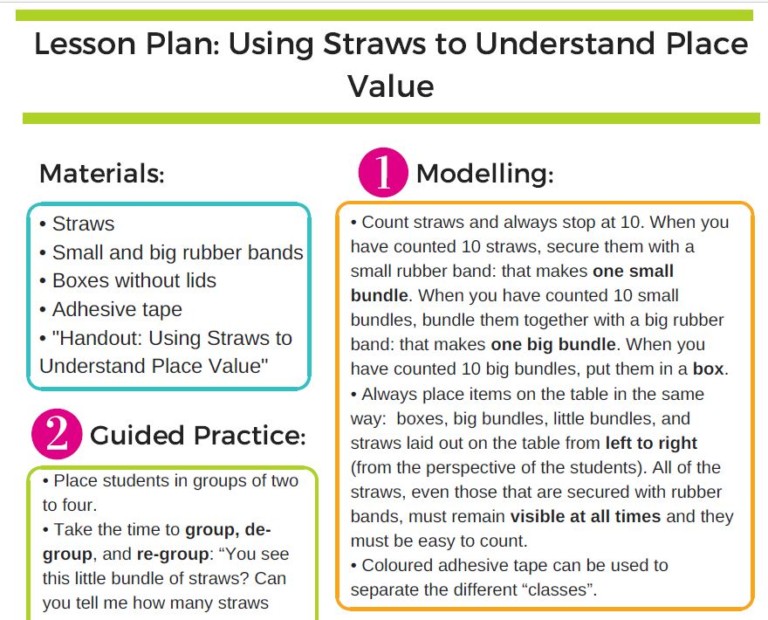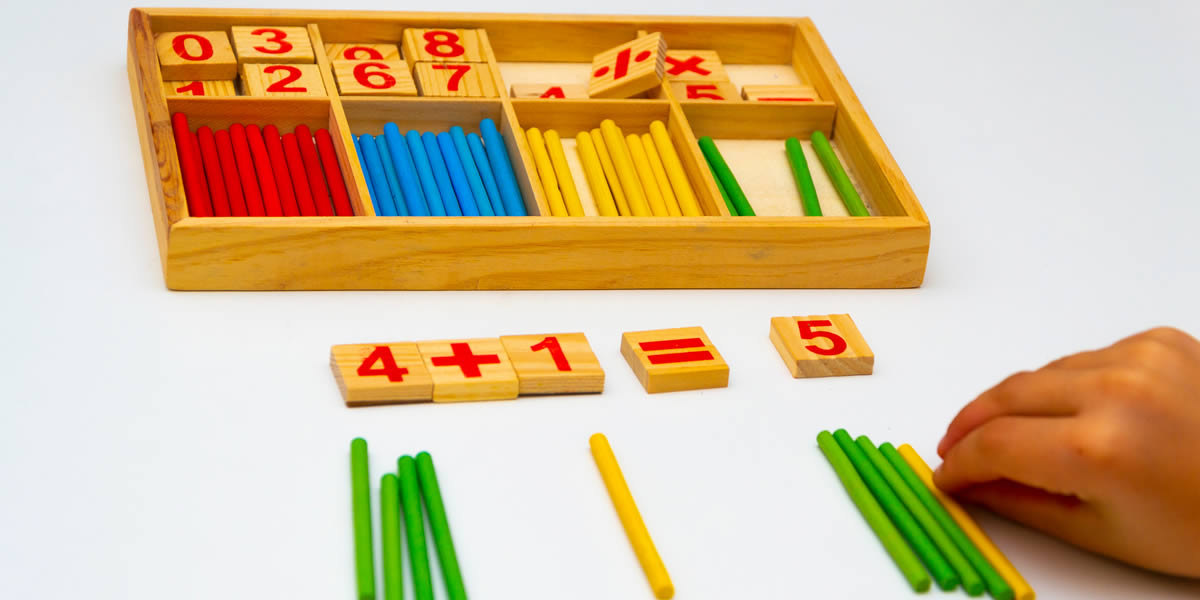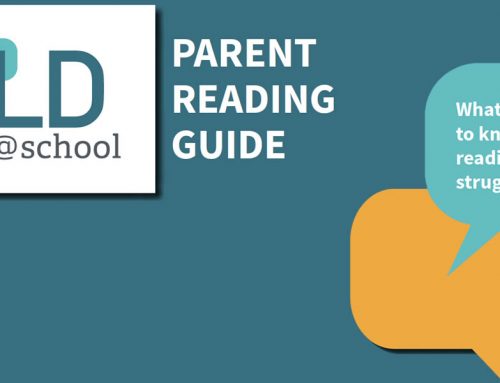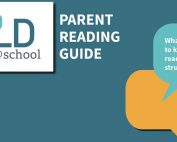Many students struggle with math. The thought of juggling arithmetic, algebra, geometry, and fractions is enough to make them anxious. But for the estimated 3 -9% of students with learning disabilities (LDs) in mathematics (Fuchs et al., 2010; Swanson, 2012), math may be even more challenging. Students with LDs may have trouble learning number facts, doing calculations, understanding visual-spatial relationships, or solving math problems. These difficulties mean that on paper, math often looks like a bunch of abstract symbols.
What are Manipulatives?
Concrete materials, like algebra tiles, snap cubes and coloured rods can help students at all grade levels improve their mathematical reasoning and problem-solving. These materials are called manipulatives. When using manipulatives, students are encouraged to try different approaches and take risks to discover the answers for themselves. By using concrete learning tools, students are invited to explore and represent mathematical ideas in a variety of ways. This increases the number of sensory inputs and improves the chances of students remembering math procedures to solve problems in the future (Garforth & Siegel, 2014).
Manipulatives can:
- Provide students with a means to demonstrate their thinking, when they struggle to express themselves in words or writing.
- Make math concepts visible for students who like to learn in hands-on ways.
- Help students build a deeper understanding of math, beyond just memorizing procedures and formulas.
- Allow students to start thinking of themselves as problem solvers, which helps them gain confidence in their abilities.
In the classroom, educators often use manipulatives that are specially made to support math learning, like tangrams, geoboards, and snap cubes. If you would like to see an example of how teachers use manipulatives in math class, click here to view the video, Math Manipulatives: Tools to Help All Students Become Effective Problem Solvers.
However, you do not need specially made manipulatives to support math learning at home. Many common household items can be used as manipulatives, such as:
- Counters can be substituted with any small item that you have in large quantities (ie. pebbles, dried beans, wooden blocks). These can be used to count, identify, and compare numbers or provide visual examples of basic addition and subtraction.
- Coins or play money can help children learn to count by 5s, 10s, and 25s.
- Lego blocks can be used to explain fractions. Click here to view a YouTube video, created by WeAreTeachers, that explains this teaching method.
- Dice and cards can be used to teach addition, subtraction, and for older students, probability.
- Straws or toothpicks can be used to create shapes to learn about geometry and calculate the perimeter or area.
- An egg carton, with two cups cut off, can make a 2×5 grid. If you use one counter at a time, you can use this grid to show children how to add and subtract numbers up to ten. Alternatively, you can choose a larger number of counters and distribute them evenly among the cups to learn about multiplication and division.
Below is an activity you can try with items you probably already have in your home.
Activity: Using Straws to Help Your Child Understand Place Value
Children with learning disabilities (LDs) in math may have difficulty grasping what a number is and understanding the connection between a quantity and the corresponding symbol. For these children, place value is a difficult concept to grasp.
Place value can be explained as follows:
When quantities of objects become larger, grouping them together is a way to represent the quantities more easily; every time you have 10 ones, you have another ten. Every time you have 10 groups of ten, you have a hundred, and so forth.
Overview of the Activity:
To help children with LDs in math to understand this principle, offer them situations involving a variety of familiar objects that are readily available in large quantities (for example: straws, stir sticks, paper clips, buttons, or pieces of pasta).
Try this activity with your child, with the help of LD@school’s lesson plan below!

Click here to access the lesson plan Using Straws to Understand Place Value. (PDF)
Virtual Manipulatives
Even if you don’t have any of the items listed above, you can still use manipulatives to help support your child’s math learning. Virtual manipulatives are online or app-based versions of concrete manipulative objects that can be used on a laptop, tablet, or smartphone. You can find virtual manipulatives by visiting the websites listed below:
Click here to access the learning tools and virtual manipulatives available on Mathies.
Click here to access the National Library of Virtual Manipulatives.
Click here to access the Math Learning Center’s list of virtual manipulative apps.
Parents can further support their child’s math learning by partnering with the school. Contact your child’s teacher and ask if he or she has any suggestions for manipulatives that can support the math concepts your child is currently learning.
References:
Fuchs, L. S., Powell, S. R., Seethaler, P. M., Cirino, P. T., Fletcher, J. M., Fuchs, D., & Hamlett, C. L. (2010). The effects of strategic counting instruction, with and without deliberate practice, on number combination skill among students with mathematics difficulties. Learning and Individual Differences, 20(2), 89-100.
Garforth, K. & Siegel, L. (2014). Concrete – Representational – Abstract: An Instructional Strategy for Math. Retrieved from https://www.ldatschool.ca/concrete-representational-abstract/
Swanson, H. L. (2012). Cognitive profile of adolescents with math disabilities: Are the profiles different from those with reading disabilities?. Child Neuropsychology, 18(2), 125-143.










